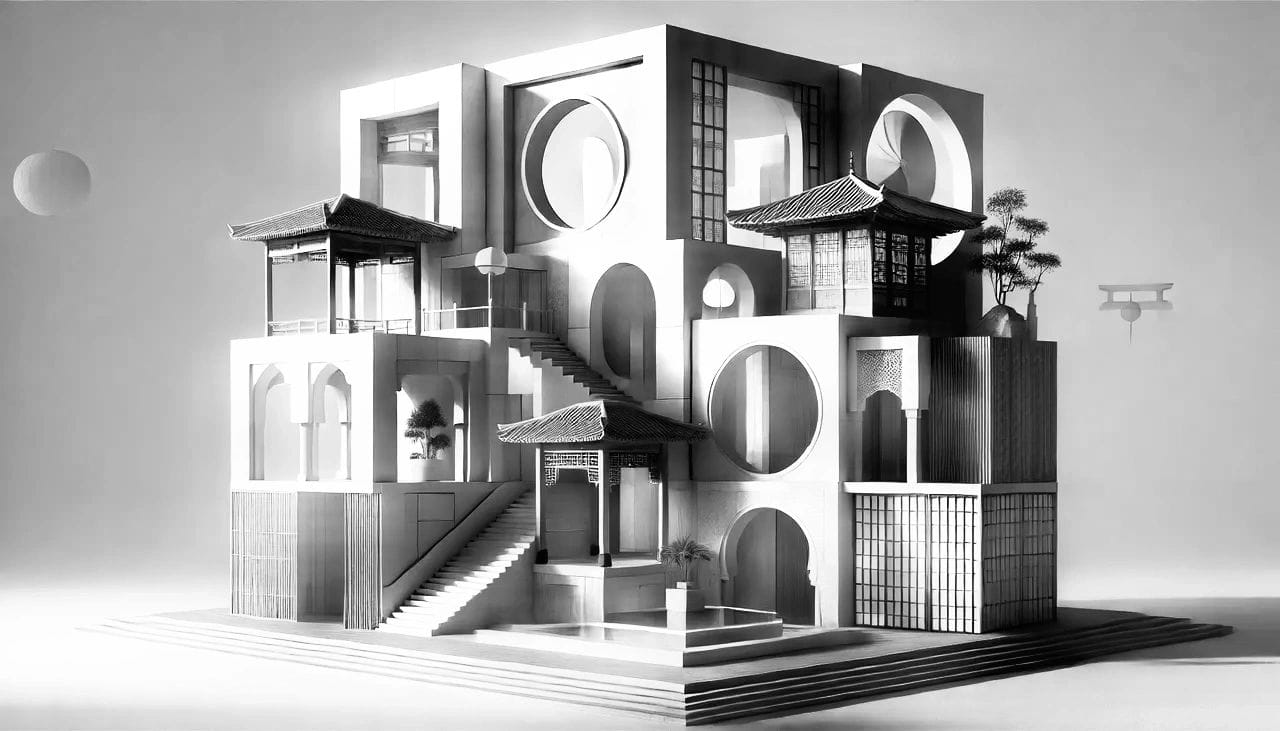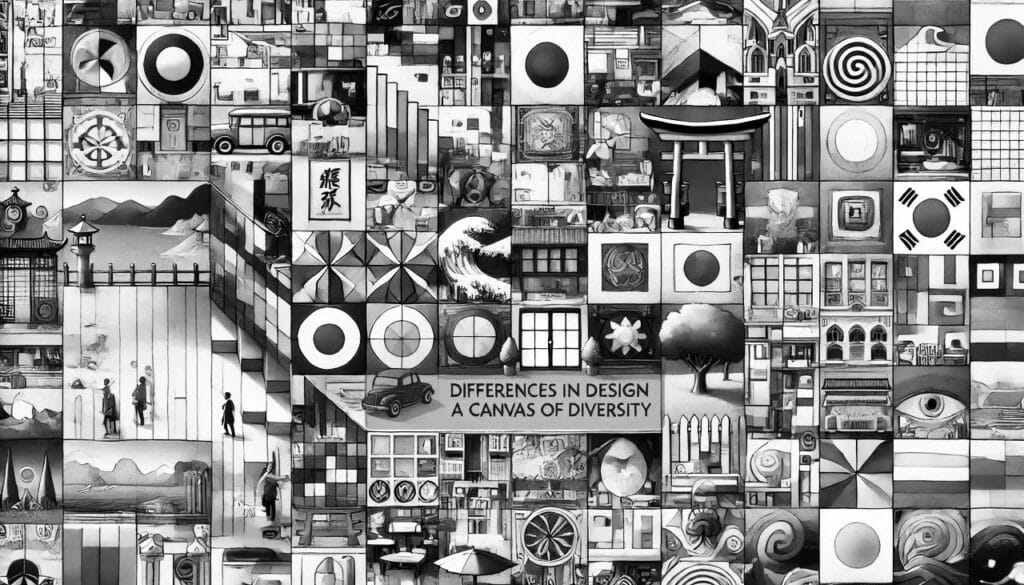
In the world of design, differences are often highlighted and celebrated—whether it’s the contrast between traditional and modern, minimalist and maximalist, or even Western and Eastern aesthetics. However, amid this diversity lies a fundamental truth: the core principles that drive great design are universal. Despite the variations in form, style, and culture, there is an underlying commonality in design that speaks to our shared human experience.
Design, at its essence, is the practice of solving problems. Whether we’re talking about architecture, fashion, technology, or interiors, the goal of any design process is to create solutions that enhance the way people interact with their environment. While the paths to these solutions might differ dramatically, the outcome is always the same: bettering the human condition.
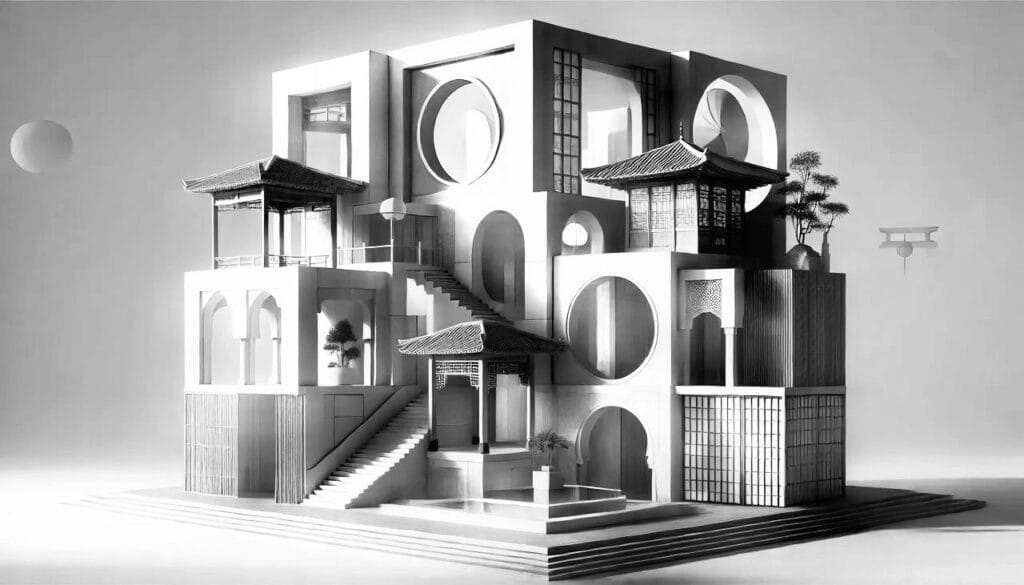
This article aims to shed light on the notion that the unique differences in design philosophies, aesthetics, and methods should be celebrated, but so too should the universal principles that unite them. As we dig deeper into understanding these shared underpinnings, we can embrace innovation in design not as a series of isolated movements, but as a global, interconnected discipline.
Elon Musk: Innovation as a Unifying Force
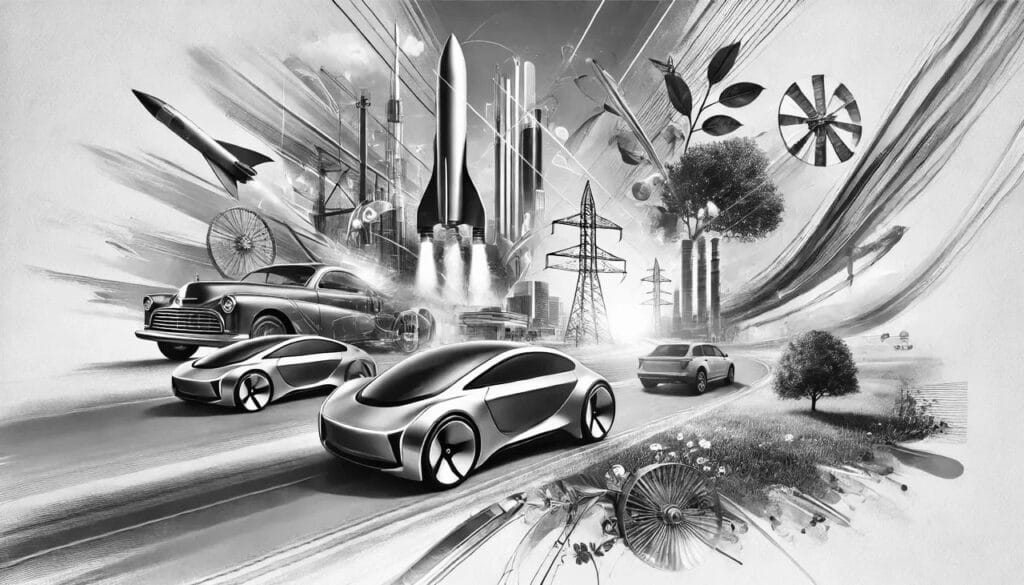
When discussing innovation and its impact on global industries, it is impossible to ignore Elon Musk, a figure whose ventures embody the principle of uniting differences through common goals. Musk’s companies, including Tesla, SpaceX, and The Boring Company, innovate in fields as diverse as transportation, energy, space exploration, and urban infrastructure. What connects all these seemingly disparate projects is a shared vision: to solve humanity’s biggest challenges through radical innovation.
In the context of design, Musk’s approach highlights the benefits of adopting a forward-thinking, problem-solving mindset. Whether designing electric cars or rockets, Musk focuses on innovation as a tool to unite practicality with aspiration—creating products that are not only functional but also visionary. His work underscores the importance of innovation as a unifying force that transcends industries, much like the commonality we see across diverse design styles.
Differences in Design: A Canvas of Diversity
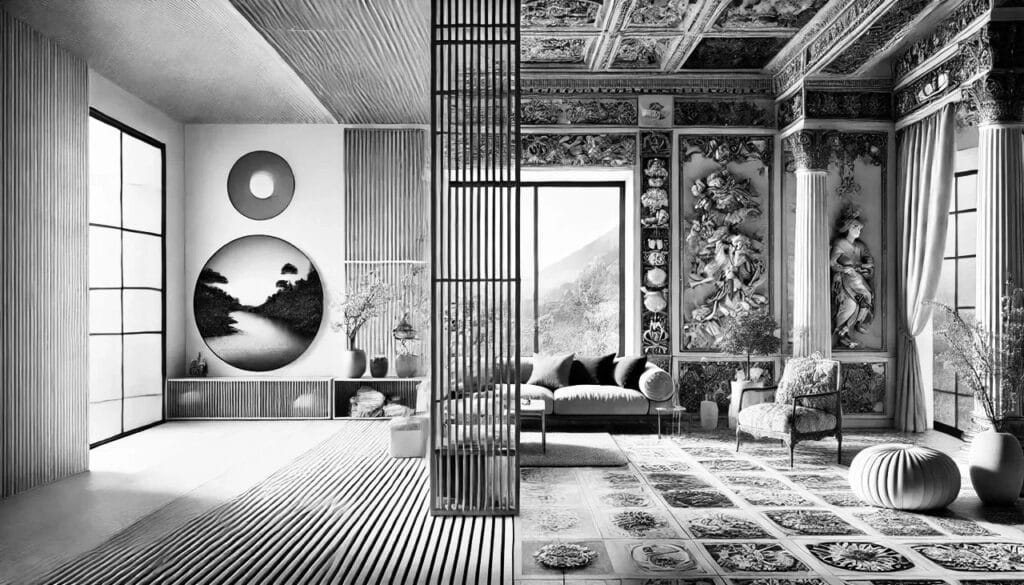
Design differs greatly across cultures, regions, and time periods, and these variations are often the focal points of design discussions. From Japanese Zen minimalism, with its emphasis on simplicity and balance, to the ornate Baroque period of Western Europe, which favored grandeur and extravagance, every design style reflects the cultural, historical, and social context of its origin.
Even in the modern world, Scandinavian design focuses on functionality and minimalism, embracing natural materials and neutral palettes. On the other hand, Mediterranean design revels in bold colors, intricate patterns, and a rich blending of outdoor and indoor spaces. These styles are often seen as vastly different—opposite ends of the design spectrum.
But while the aesthetics may diverge, the intention behind the design often shares common threads. Both Scandinavian and Mediterranean designs, for example, aim to enhance the user experience by fostering a connection to nature, providing comfort, and ensuring longevity. This unifying purpose of improving lives and creating meaningful spaces crosses the boundaries of style.
The Universal Principles: Commonality Beneath the Surface

Across design styles, some fundamental principles remain the same, even as the outward expression shifts. These principles offer insight into the psychology of design and our shared human desires. Whether crafting a modern interior or designing a centuries-old temple, designers inherently draw upon these universal principles:
Balance and Harmony: Regardless of aesthetic, all great designs strive for balance. Whether it’s symmetry in classical architecture or asymmetrical balance in modern art, harmony in design provides a sense of order and comfort.
Functionality and Purpose: The function of a design is paramount. From ancient tools designed for survival to contemporary user-friendly apps, functionality remains at the core. Good design serves a purpose and responds to the needs of its users.
Emotional Connection: Effective design resonates emotionally. A well-designed space or object evokes a feeling—be it comfort, awe, or joy. While the emotional response may be crafted differently across cultures, the aim to connect with users on a deeper level remains constant.
Sustainability and Timelessness: Increasingly, designers are focusing on sustainability—crafting designs that last, both physically and aesthetically. Ancient structures like the pyramids were built to endure, just as today’s eco-conscious designs aim to minimize environmental impact while standing the test of time.
The Benefits of Adoption: Innovation for Global Design

Adopting innovative practices in design is not just about following trends; it’s about improving the user experience, optimizing functionality, and embracing sustainability. Just as Elon Musk has shown through Tesla’s electric vehicles and SpaceX’s reusable rockets, innovation brings with it increased efficiency, environmental responsibility, and long-term sustainability.
Enhanced User Experience: By adopting user-centric innovation, designers create environments that respond intuitively to the needs of their users. Whether it’s a smart home system or ergonomic furniture, innovation enhances comfort and usability.
Sustainability: Innovation allows for the creation of sustainable designs that reduce waste, conserve resources, and promote longevity. As with Musk’s focus on renewable energy, the future of design lies in sustainable materials and processes that minimize environmental impact.
Future-Proofing: Just as SpaceX designs rockets for reuse, innovative design principles future-proof spaces by ensuring they are adaptable and scalable. Whether it’s modular furniture or flexible office layouts, innovation ensures that designs can evolve alongside changing needs.
Strategic and Actionable Methods for Adoption

Adopting innovation in design requires both strategic thinking and actionable steps. Below are several methods that can be implemented to effectively incorporate innovation into design processes:
1. Human-Centered Design Approach:
Designers must start with the user experience in mind. This involves conducting research on user behavior, needs, and pain points. By empathizing with users, designers can create solutions that meet real-world demands while incorporating the latest technological advancements.
Actionable Step: Implement user feedback loops during the design process to iterate and improve designs based on real-time feedback.
2. Embrace Technology Integration:
Whether through smart home systems, AI-driven design tools, or virtual reality, technology should be seamlessly integrated into design projects. These tools enhance precision, customization, and functionality, offering designs that adapt to users’ needs.
Actionable Step: Collaborate with tech companies and utilize AI-based design software to prototype more efficiently and explore previously unimagined possibilities.
3. Focus on Sustainable Innovation:
Sustainability should not be an afterthought but a core part of the design process. From the materials used to the life cycle of the product, every design decision must prioritize sustainability to create long-lasting, eco-friendly solutions.
Actionable Step: Source materials from sustainable suppliers and include environmental impact assessments in every project.
4. Cross-Disciplinary Collaboration:
Just as Elon Musk brings together engineers, scientists, and innovators from different fields, designers must work collaboratively with professionals from a wide range of disciplines, from architecture and technology to sociology and psychology. This cross-pollination of ideas leads to breakthrough innovations.
Actionable Step: Build multidisciplinary teams for each project, bringing together experts from various fields to enhance the depth and breadth of design solutions.
5. Continuous Learning and Adaptation:
The design landscape is constantly evolving. Designers must be committed to continuous learning, whether through workshops, conferences, or adopting new technologies and methodologies. Staying updated on industry trends allows for agility in design thinking.
Actionable Step: Create a learning culture within design teams by investing in regular training programs and encouraging participation in global design forums and innovation conferences.
